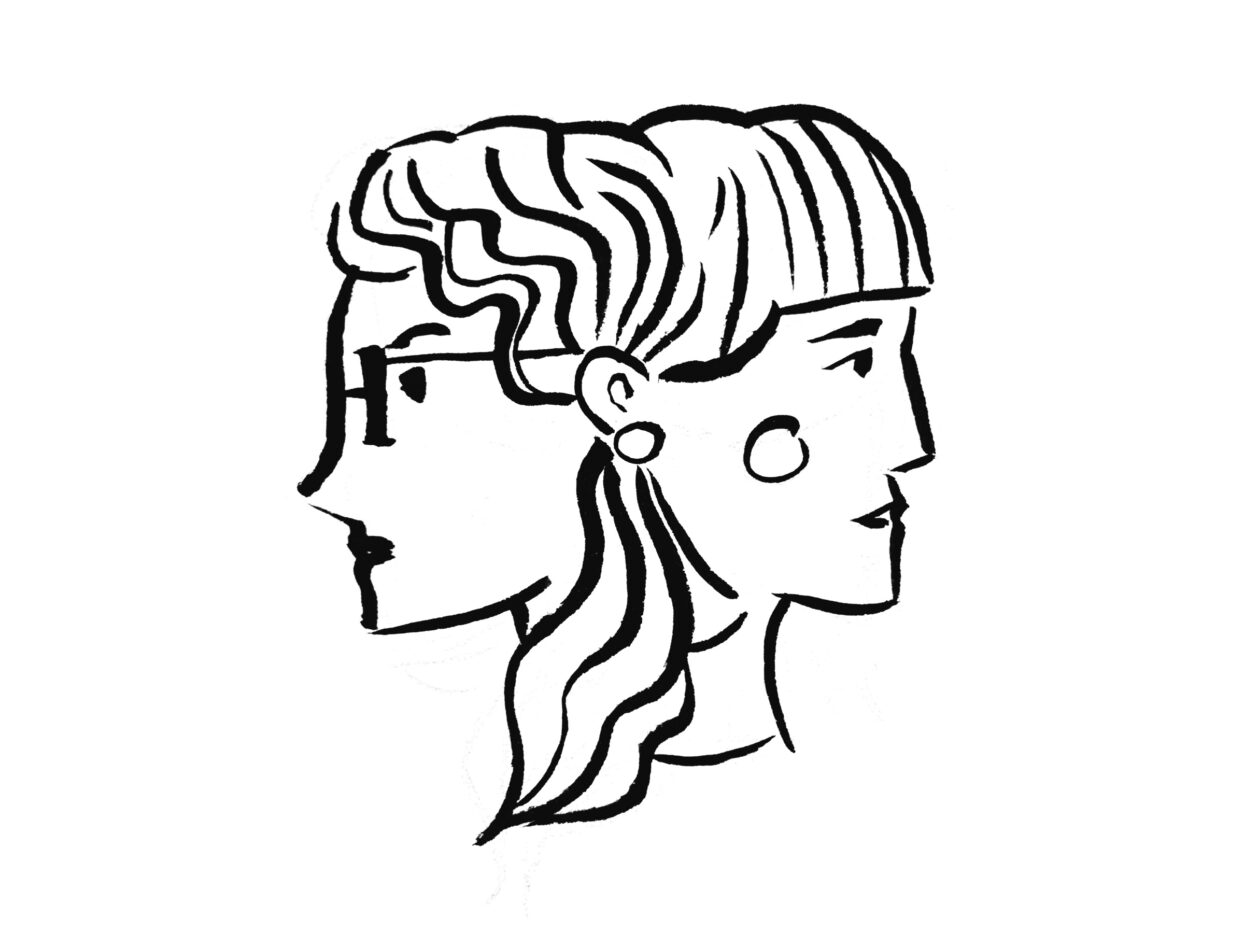
Illustration by Ivy Sanders Schneider

Illustration by Ivy Sanders Schneider
It seemed, for a brief moment — perhaps by virtue of the intensity of energy driving the 2017 #MeToo movement — that the bloated corpse of feminism might be reanimated, given a path forward. That #MeToo was rapidly recalibrated to advocate in the interests of the most privileged and protected within its subordinated class (broadly, victim-survivors of sexual harassment and assault) — not to mention implicit and plainfaced unions with the carceral system — revealed a familiar unraveling: initial optimisms about coalition building undone by a reification of power awarded to the usual suspects. Instead of presiding over one among many possible visions of feminist futurity, #MeToo — particularly following the culturally traumatic confirmation proceedings of Supreme Court justice Brett Kavanaugh in the fall of 2018 — turned out to be only another tolling of the bell for what has felt for some time like a rather stale movement.
Feminism as such is of course irreducible to a singular modality; the third wave of the ’90s and early aughts emphasized the movement’s capaciousness, its multivocality: not feminism, but feminisms. Of course, as is true for many disruptive and revolutionary movements, feminism’s assimilation into the status quo underscores an unnervingly routine methodology by which orthodox political systems and institutions consolidate their own apparatuses of power. Originating perhaps most transparently in the porn wars of the ’80s, for 40 years now, mainstream feminism has incrementally oriented itself toward appeals — vis-à-vis broad battles for access to capital, positions within the political establishment, and recourse to carcerality — to state power. What radical would wish any longer to be designated “feminist” when the contemporary visage of such a character is that of a wan, white striver waging her bets with whatever last-grasped straw of the system in order to acquire, rather than to dismantle, good old-fashioned power.
That this is the present public face of feminism should be called what it is — a tragedy. Identify the tepid individualism of the current moment as you will: white feminism, corporatist feminism, girlboss feminism; in any event the end result is the same, which is that a rightful distaste for and critique of contemporary mainstream feminist politics has caused a violent swing of the pendulum (or, to echo Susan Faludi’s description of what happened to feminism in the ’80s, a backlash) away from positive, rigorous retoolings of feminist possibility to an over-saturation in the discursive market of far more insidiously anti-feminist and anti-woman ideologies.
The tipping of the scales toward these lines of thought has erased feminism’s rich (although, it must be said, politically complicated and frequently conflictual) histories of interconnectedness with black, Latina/x, and Indigenous liberation movements, labor organizing, and Marxist-socialist reimaginings of the political economy. More, the field has been left ripe for the takeover by disingenuously-identified “leftists” more willing to make deals with a horrorshow carousel of the worst (or else most tedious) devils — far-right talking heads, bloviating cancel culture faux-intellectuals, contrarianist provocateurs in the Paglia tradition, and anti-sex work and anti-trans ideologues — than to actually devote time and energy to radical, transformative politics.
Following decades of political and cultural upheaval, we sail now on a ship precariously steered by the reactionary. Within the context of feminism and its discontents, we should indeed recognize the girlboss and the anti-woke cool girl as Janus faces of the same coin. Both signal the worst possible material congealing in the vacuum left by revolutionary feminism in the wake of its bureaucratic assimilations. A cultural dynamic in which the principal affiliations on offer are “based” and “cringe” activates a not merely intellectually disengaged, but, frankly, boring world in which any tangible hope of liberation or utopia (and any organizing toward it) can be handily shuffled off to the waste bin of public embarrassment. To dream a better world situates the subject as already in an uphill battle against her own shameful earnestness.
Any viable feminism must, firstly, recognize political community as something that is, occasionally or even often, disharmonious in both goal and identity. The emphasis in current feminism on unidirectionality has produced a stagnant, whitewashed, and inward-looking dead-end for the movement. Future feminisms must divest themselves of their continuing fixations on the accumulation of capital and institutionalist understandings of political power, which — as “Vote Blue No Matter Who” laughably demonstrates — has only exacerbated existing structures of subordination. The intersectional turn in feminist accounts of identity is inert, if operative in name only; community- and coalition-building with anti-capitalist, anti-racist, and ecological movements seeking to radically transmogrify our dying world offer crucial jumping-off points. And enough with the posturing. If everything is to be performed beneath a shroud of dull irony to an inchoate and hostile digital public, why bother imagining futurity at all? Back to the doom scroll.
Jamie Hood is a poet, critic, and memoirist, as well as the author of how to be a good girl. Her next book, an experimental memoir on rape and the backlash against #MeToo, is forthcoming. She lives in Brooklyn.